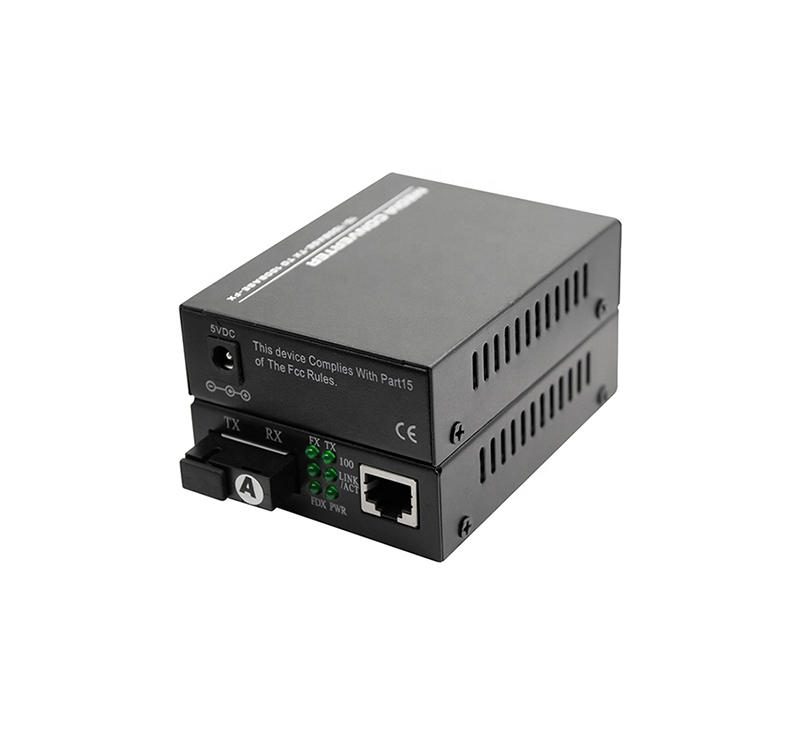Answer: CATV optical transmitters are divided into direct modulation optical transmitters and external modulation optical transmitters according to their working methods.
Direct modulation optical transmitters are mostly used in DFB lasers. DFB lasers have good linearity and can obtain better CTB and CSO values without the compensation of predistortion circuits. However, due to the additional frequency modulation of direct modulation, nonlinear distortion indicators (especially is the CSO value) is difficult to achieve very high.

The power of the direct modulation optical transmitter is generally not too large, within 24mw, therefore, the transmission distance is limited, and it is generally used in the local distribution network and the township-level optical cable transmission network. This type of optical transmitter is mostly used in 1310nm optical fiber network, the attenuation of 1310nm optical fiber is 0.35db/km, so the maximum transmission distance does not exceed 35 kilometers. This kind of optical transmitter has stable performance, simple structure and low price, so it is widely used.
Externally modulated optical transmitters generally use YAG lasers. After YAG lasers are externally modulated, the linearity is very poor, and a predistortion circuit must be used to compensate. Because of its less dispersion, YAG optical transmitter is very suitable for 1550nm wavelength fiber, and is mostly used in 1550nm fiber network. In the 1550nm optical fiber network, the YAG optical transmitter can be used for amplification and relay, and the attenuation of the 1550nm optical fiber is small (0.25db/km), so the YAG optical transmitter can be used for ultra-long distance transmission.
Externally modulated optical transmitter: high output power, up to more than 2 × 20mw (two-way output), low noise, and no cso distortion caused by the combination of additional frequency modulation similar to LD and fiber dispersion characteristics. Therefore, it is often used in long-distance transmission or large-scale cable television transmission systems. The external modulation optical transmitter is expensive, and the optical fiber network of short distance transmission rarely chooses external modulation as the light emission.










